
It wasn’t until Dale and Brennan decided to combine their separate beds into bunk beds when they realized the opportunities that surfaced. The layout opened up more floor space for activities like martial arts, aerobics, and playing Army men.
Long-time bike industry engineer and innovator Tim Lane keeps a notebook full of ideas: tire tread designs, how tubeless systems could be improved, and mountain bike frame designs. His most recent working idea is close to fruition as Digit is sending customers and Kickstarter contributors his first frames this spring. The Datum uses a unique three-bar suspension linkage to open up the entirety of the front triangle, enhancing room for water bottles, lightening the frame, and improving rigidity.
Lane has been riding bikes since he could remember. He grew up in the United Kingdom and was raised by parents who didn’t drive much. He started riding as a child and his interest for bikes grew alongside his interest for physics and engineering.
When he first started studying at a university, he sought a degree in design, but abandoned it for a degree in mechanical engineering. With a more rigorous curriculum, engineering kept Lane’s interest piqued. After his undergrad, Lane worked for a local bike shop, got a masters degree concentrating on fluid mechanics, worked for GT, RockShox, and then Felt until 2011, designing aerodynamic time trial bikes.
Along Lane’s journey, he made a pitstop and developed DirtBaggies in 2012, bib liners with sleek cargo space which can be worn with baggy MTB shorts. They were the first of their kind, said Lane, and inspired a brand new category. The DirtBaggie brand didn’t grow as Lane expected, and he learned the difficulties of scaling and designing apparel. Again, he felt like he would be more captivated by a mechanical project.
“That to some degree was a prototype for myself,” said Lane. “I knew how to make bikes, I’d done that. I had made parts for RockShox and GT. The part I wasn’t certain about was whether I could run a company.”
Back to Lane’s notebook — when he first came up with the design for Analog suspension in 2013, he knew that would keep him busy for a while. He’s starting with a mid-travel, 140mm mixed-wheel bike, and envisions the design in a shorter-travel and a longer-travel bike.
Lane calls the three-bar suspension design Analog suspension. Rather than using a dual-link or 4-bar design, Lane uses a lower link that connects the front triangle to the rear at the bottom bracket. The upper corner of the rear triangle connects directly to the bottom of the shock, which telescopes into the top tube.
The layout eliminates weight from extra links, pivot axle spindles, and bearings and by eliminating more links in the frame and points where twisting can potentially occur, the Datum is very laterally rigid, says Lane. The estimated frame weight for the aluminum Datum in a size large is 7.25lb.
Another major part of the design and why Lane went with a self-designed shock is that his shock has more volume because he’s not confined to the space within typical shocks that use eye-to-eye measurements. The diameter is 6-7mm wider than traditional air shocks and because of the added volume, he doesn’t feel he needs to use a piggyback or reservoir shock to deal with heat management.
“Proprietary” can be a dirty word, says Lane, but “it’s not proprietary for proprietary’s sake.” Lane started with off-the-shelf shocks in his original design and played with needle bearings, but settled on the Integer Strut. The strut has a longer air spring tuned to match the frame’s leverage profile and the damper holds more oil to resist overheating and allows for higher flow rates through the damper piston.
A strut, like the suspension components found on automobiles, is a shock absorber/spring and damper combined with a structural component, i.e., the bike frame.
Externally, riders can control the low-speed compression and low-speed rebound on the fly with a dial and the high-speed rebound and compression can be adjusted internally with shim stacks. As far as servicing the shock, Lane said it’s pretty simple.
“I wouldn’t recommend it for people who aren’t mechanically inclined and incompetent,” he said, but “most anyone can do it.” If not, he’ll provide service videos on YouTube, and bike shops should be able to easily service the shock.
No special tools are required, outside what most home bike mechanics already have, like a Shimano bottom bracket tool, a strap wrench, and a few other wrenches. The service internals are TBD at the moment but the service kits consist of off-the-shelf seals, shims, and bushings.
As far as the suspension feel itself, Lane said that it won’t be wholly different from a VPP or DW Link. Most of his inspiration for the frame lies around opening up the front triangle, and stiffening and lightening the frame with the Analog Suspension design.
Most bikes have exceptional suspension characteristics these days; a product of evolution. He examined the kinematics on a lot of bikes, looked at DW Links and VPP, and essentially split the differences. Mountain bike brands favor particular suspension layouts and all have their pros and cons to a point.
“So I figured, somewhere right in between, that’s acceptable. It’s not too salty, not too sweet.” Riders won’t be blown away by a magical suspension feel he said. When he’s asked how the bike will feel different, he responds, “It’s not, it’s going to feel as good as the good stuff.”
Over the next few months, Lane is concentrating on getting the first production batches out to those who contributed to his Kickstarter campaign first, and then he’ll look at incorporating Analog suspension into shorter or longer-travel bikes.
Lane had an initial goal of $65,000 on his Kickstarter and has raised closed to $100,000 according to his Indiegogo page which now hosts the project as it’s progressed past the initial Kickstarter phase. He’s aware that Kickstarter projects have not always carried the best reputation but assures that he is different. He’s been prototyping and developing the Datum for years, and riding his own prototype for two years. The production model’s final design will be informed by his experience on the Datum prototypes. Reliability shouldn’t be an issue, unlike Dale and Brennan’s bunk beds.
For more information, see the Digit website.
Editor’s note: Singletracks does not vet crowdfunding projects, and this coverage should not be considered an endorsement of the seller or product. Be sure to thoroughly read and understand the project terms and conditions if you decide to pledge or purchase. Buyer beware.
















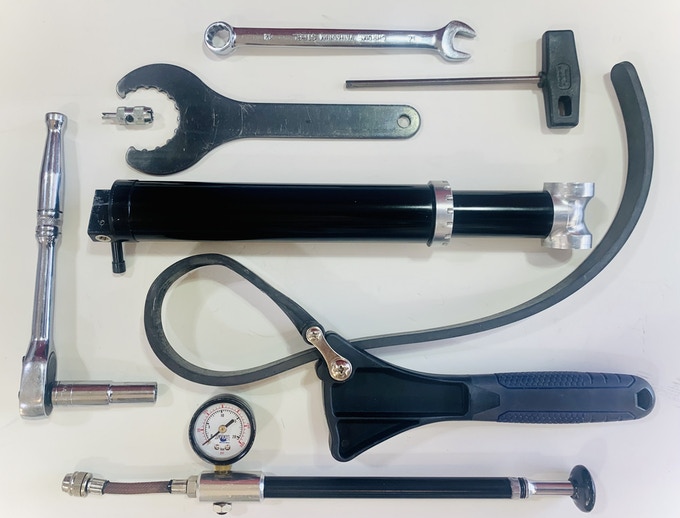


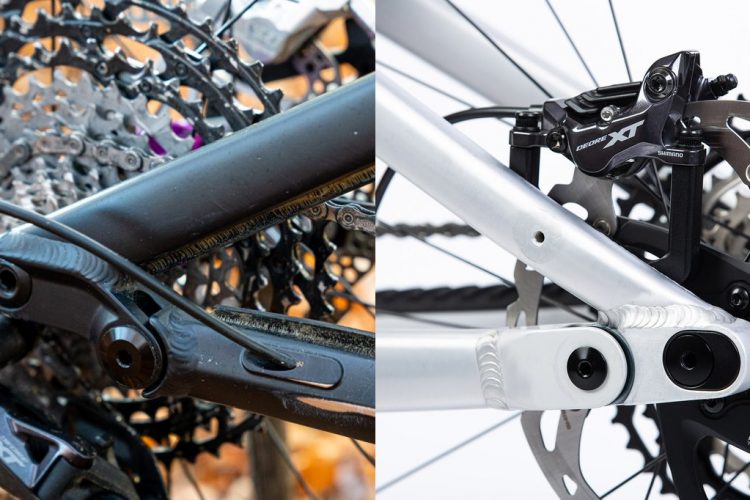

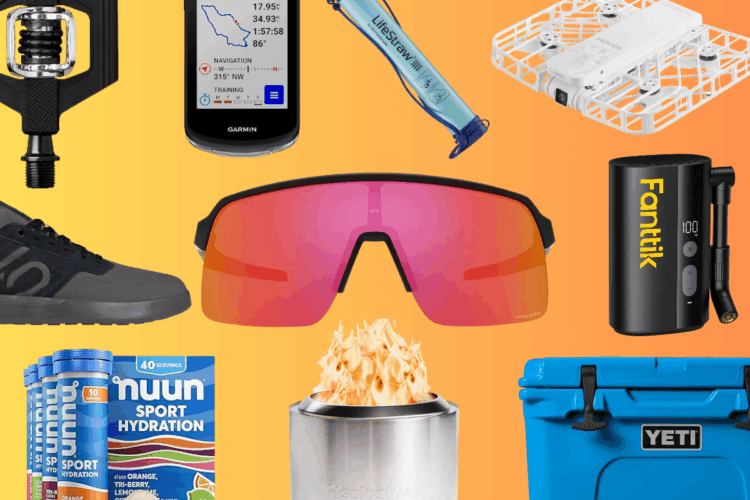
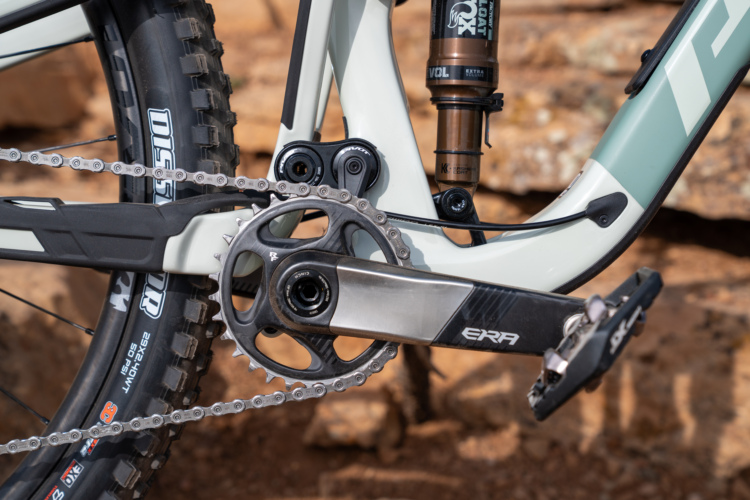

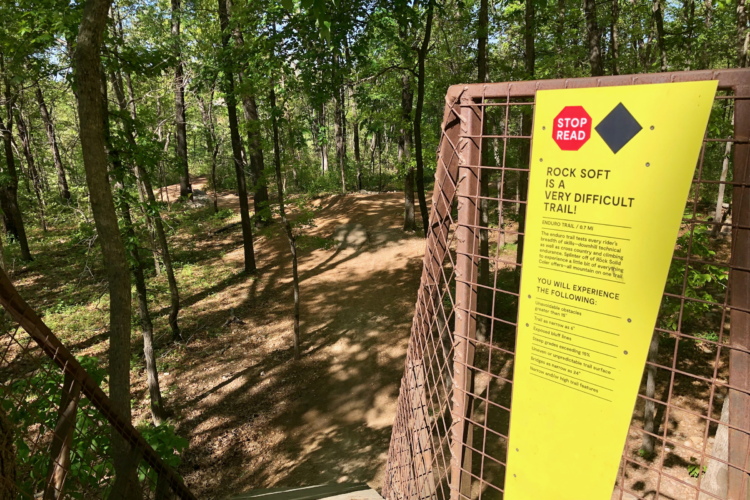

2 Comments
Jan 28, 2022
Maybe this proprietary shock is designed to handle the side loading?
Jan 28, 2022
- The Racer X direct drive shock (pre swing link) was from the late 1990's. There have been a lot of advancements in suspension tech over the last 20+ years including advances in materials used for bushings, seals, etc. I think we can all agree today's suspension is way better than the late 1990's
- The diameter of the Digit strut appears to be of considerable size which should distribute lateral loading over a larger surface (bushing area) than the typical size shock damper body/slide of today's and especially shocks of 20 years ago.
- The Racer X used a single pivot near the bottom bracket, pivot at the dropout and a shock secured by a bolt (pivot) so all lateral load (bowing) in the seat stays and shock went through the short and small diameter slide of the damper body. The Digit uses a swing link similar to VPP with a single piece rear triangle so the upper pivot would have a very different travel path and coupled with the larger diameter and longer strut will have different lateral loading than the Racer X. The two suspensions are not exactly apples to apples comparison.
Time will tell but I like his design and, despite a "proprietary" shock, all of the parts he uses are already available and in use on other suspension products so you won't be beholden to unique parts. I've watched some of Tim Lane's other video's on Indigogo and he has put a lot of thought and real world testing into the design which is great. The best thing you can do is test it in real riding conditions. This bike or a shorter travel version is definitely on my list of possible future purchases.